Walking Towards Hope: My LiA Journey with BRAC EducationProgramme's EMDC Project
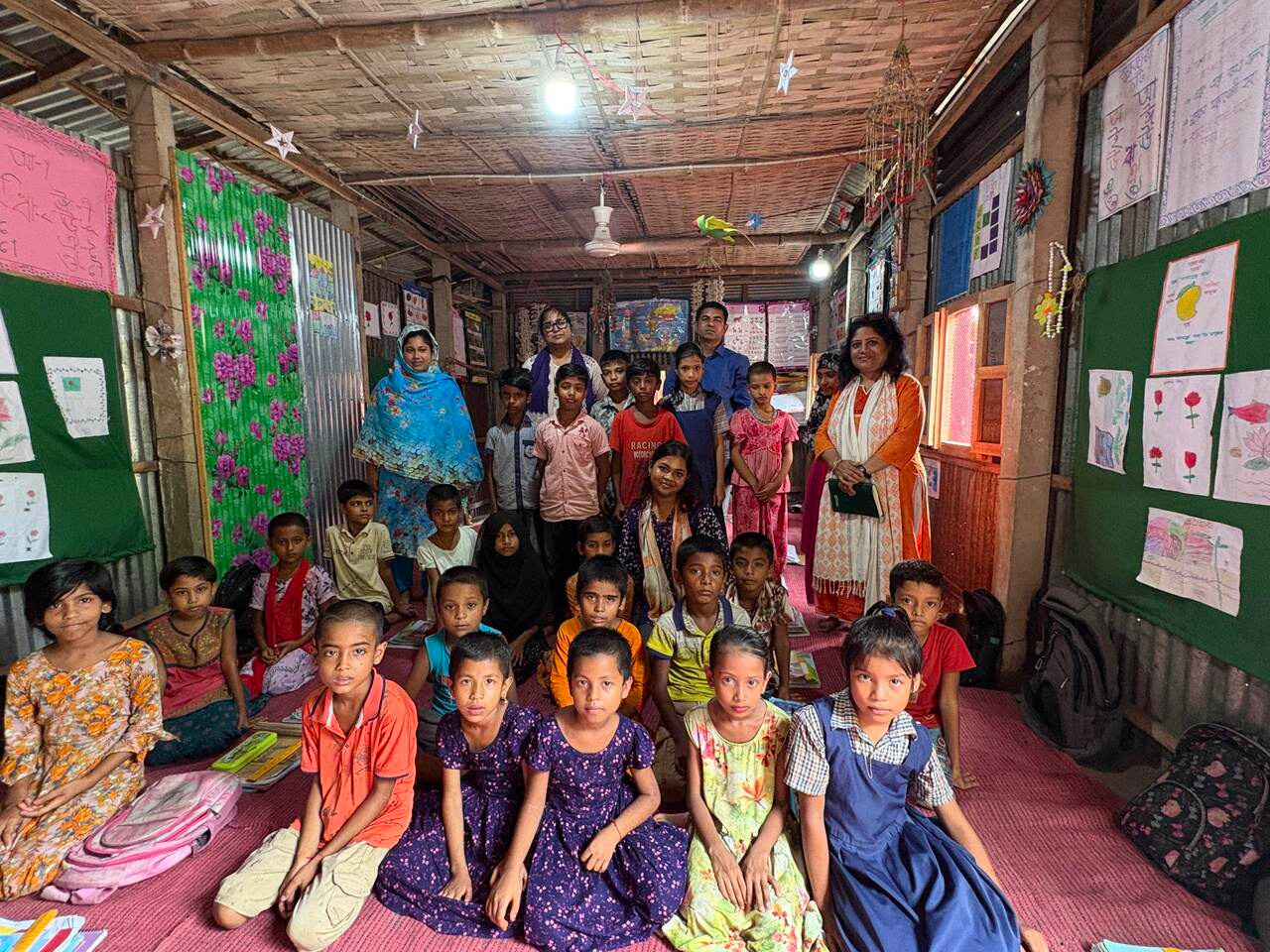
When I began my Leadership in Action (LIA) internship with BRAC in Bangladesh, I knew it would be an opportunity to learn. What I didn’t expect was how much it would transform me.
I was placed with the BRAC Education Programme (BEP), working specifically on the Educate the Most Disadvantaged Children (EMDC) in Bangladesh project. On paper, the project is about bringing schooling to children who have been excluded, those living in extreme poverty, in remote villages, or who dropped out far too young. But in reality, it is about something much bigger: restoring opportunities, dignity, and hope to children who deserve nothing less.
A Project Rooted in Equity
The BEP EMDC project is built on the belief that education must reach those at the very margins. It runs small, community-based schools that are divided into two groups:
This approach is as much about flexibility as it is about resilience. For many of these children, classrooms are the only spaces where they feel both safe and seen.
Six Weeks with BRAC: A Journey in Phases
My six-week internship, from July 1 to August 14, gave me the chance to work across different areas of BRAC. Each week was different, layering together office-based research, training, and field exposure.
Week 1: Induction and Head Office Work
I began at the Dhaka Head Office with an induction to BRAC, familiarising myself with the BEP, EMDC structure, goals, and ongoing projects. I supported reporting and administrative arrangements, which gave me a strong foundation for the rest of my placement.
Week 2: Rajshahi Learning Centre
I travelled to Rajshahi (7 hours drive from Capital city Dhaka) for training purposes, where I attended sessions on disability inclusion and climate change in education. These sessions showed me how education programmes can no longer be designed in isolation, they must respond to both global challenges and local realities.
Week 3: Office-Based Story Reading
Back at the office, I spent time reading stories and case reports from EMDC schools, focusing on the lives of students. This gave me valuable insight into the human side of the project, the struggles, resilience, and triumphs of children and their families. I also worked with the communication team, translating and editing these stories in English which could be used for social media.
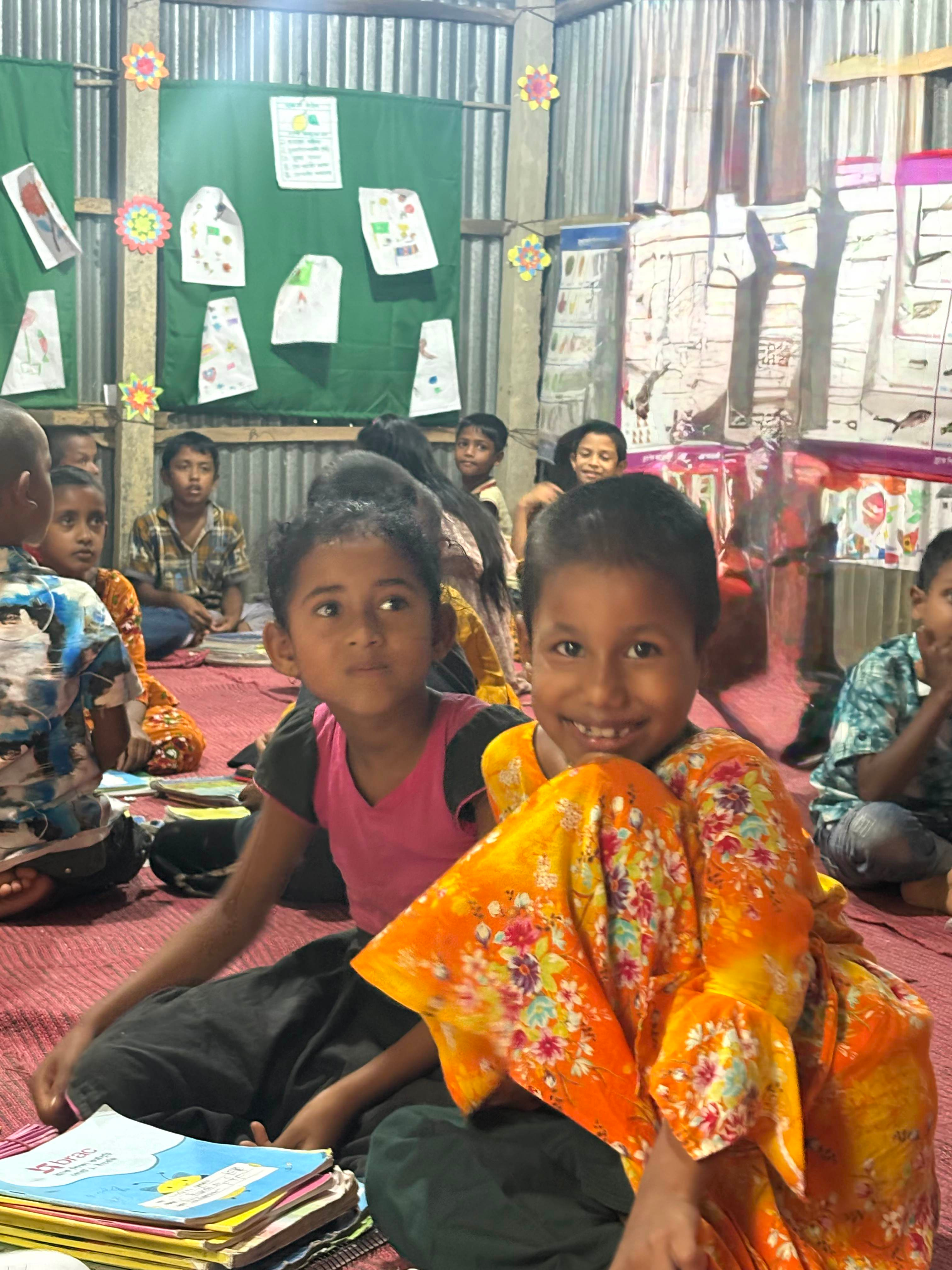
Week 4: Training, Events, and Communication
I participated in BRAC welcome events, joined several team meetings, and worked with the communication team on different aspects of storytelling and outreach. It was inspiring to see how communication can amplify impact by sharing children’s voices more widely.
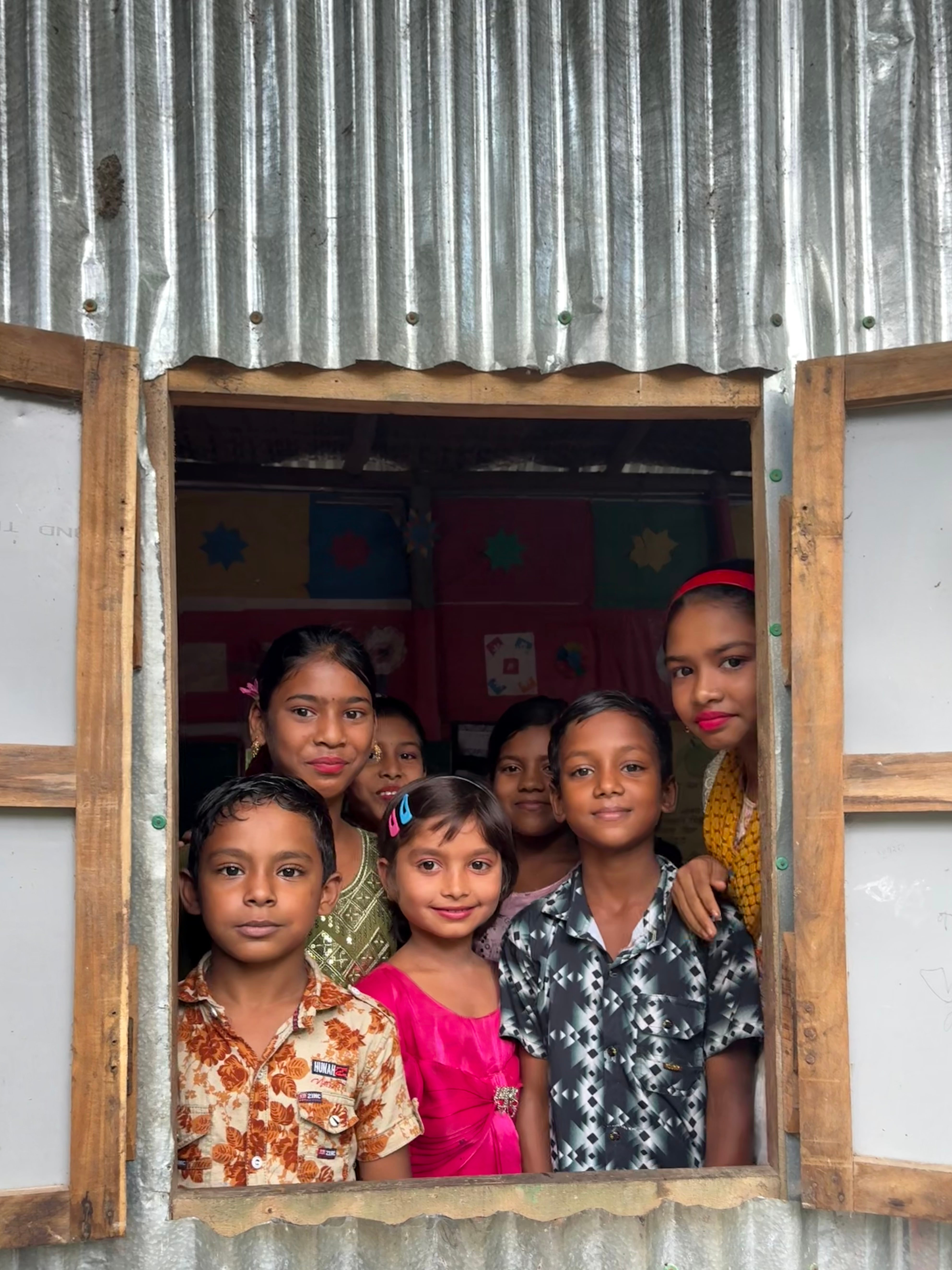
Week 5: Finance and Grant Management
I had the opportunity to shadow the grant management team and get a sense of the financial side of running a project like EMDC. This included accounting, budgeting, and understanding how donor contributions are translated into real-world change in classrooms.
Week 6: Field Visit to Sherpur and Jamalpur
The most memorable week of all was my field trip to Sherpur and Jamalpur, where I visited EMDC schools in hard-to-reach rural communities. Meeting teachers, parents, and children face-to-face brought everything full circle. It was here that I truly saw the heart of BRAC’s work in action.
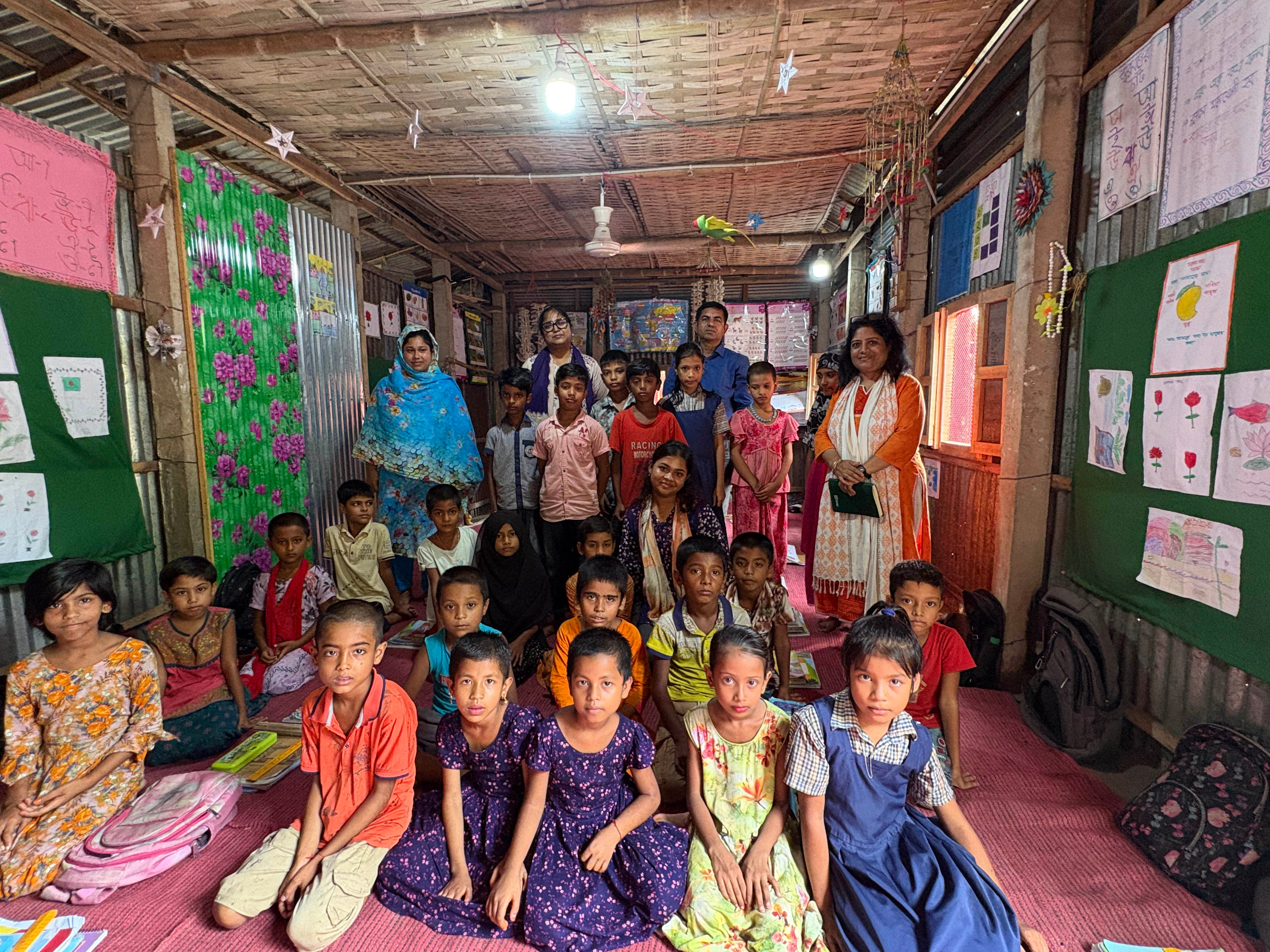
In the Field: Miles Walked, Lessons Learned
Some of my most unforgettable days came during field visits to remote and hard-to-reach areas. We walked through narrow village paths, across muddy areas, just to arrive at a small room that functioned as a school.
Inside, the walls were bare, the resources modest, but the energy of the children was boundless. Many of them had walked long distances themselves and some arrived after finishing household chores. Yet, their eyes lit up the moment lessons began.
I still remember stepping into a Cohort 1 classroom, where a mother approached us with visible excitement. Her young son, who lives with a disability, had been attending the EMDC school. With gratitude in her eyes, she told us how much he had changed, how he was now more responsive, more engaged, and even taking on small responsibilities at home. She spoke with such pride and relief, saying this school had opened a door she once thought was forever closed.
My Idea: Could AI Play a Role?
While shadowing teachers and observing classrooms, I began reflecting on how technology could complement BRAC’s grassroots model. My idea was to explore how artificial intelligence might enhance the system, not replace teachers, but empower them.
AI could, for example:
The thought excited me: combining BRAC’s proven human-centred approach with the precision of technology. It reminded me that innovation doesn’t always mean big, flashy tools: it can mean small, smart solutions that scale hope.
Leadership in Action
This internship pushed me to grow not just as a learner, but as a leader.
Every day required a mix of resilience and humility, and each challenge became an opportunity to stretch my leadership capacity.
Cultural Insights
Being Bangladeshi, I thought I already understood the cultural fabric of my country. But this internship revealed layers I had never seen.
I noticed how geography shapes opportunity, children in remote areas face barriers that urban children rarely experience. I saw how gender norms affect attendance. Girls are often expected to help at home before they can even think of school. And I experienced firsthand the community solidarity that keeps these schools running, often against the odds.
It taught me that culture is not a backdrop, it is a living force that shapes every decision, every opportunity, and every barrier.
Looking Forward
This experience hasn’t changed my career path; it has confirmed it. I am more certain than ever that I want to contribute in the development sector, focusing on education and innovation. I want to help design programmes that not only reach the disadvantaged but empower them to thrive. When I first applied to become a Laidlaw Scholar, it was because I believed I could contribute to something meaningful and standing in those classrooms, seeing the difference education makes, I felt as though that purpose had been fulfilled. I am extremely delighted that this journey has allowed me to align my passion with real impact.
Final Reflections
My internship with BRAC’s BEP EMDC project was more than just professional training, it was a journey of purpose and perspective. I saw education’s power to transform lives. I discovered how leadership is built in the everyday choices to adapt, to listen to act. And I learned that even in the most disadvantaged corners, hope finds a way to shine through.
As I look back on the long walks to remote schools and the bright smiles of children in classrooms, I carry with me a renewed commitment: to keep walking towards hope, and to help others walk alongside me.


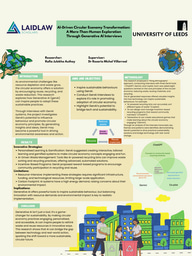
Please sign in
If you are a registered user on Laidlaw Scholars Network, please sign in
What a beautiful story Rafia, thank you so much for sharing it. Your reflections are powerful and thought provoking. It is wonderful to hear how profoundly impactful your LiA was and I look forward to seeing where you go next. @Edward Brooks is working with the UN on a project all about Hope. Your commitment to walk towards it will make his heart sing.
Thank you so much for your kind and generous words@Susanna Kempe , they truly mean a lot to me. I’m sorry for the delayed reply; I’ve been sitting with your message, feeling both encouraged and deeply grateful.
The Laidlaw experience has been life-shaping in ways I’m still discovering, and I’m so thankful for the opportunities that brought into my life. I’ll definitely look into the project Edward Brooks is working on, it sounds incredibly meaningful, and I’m inspired by the idea of contributing to a wider conversation about hope.
Thank you again for your support and leadership. It’s been such an honour to be part of the Laidlaw community.
Warmly,
Rafia
I shared your post w Ed - he loved it.@Nikol Chen is working on lots of great things for our alumni so I very much hope that you will continue to be part of the Laidlaw community and feel supported and inspired by it as you move forward.